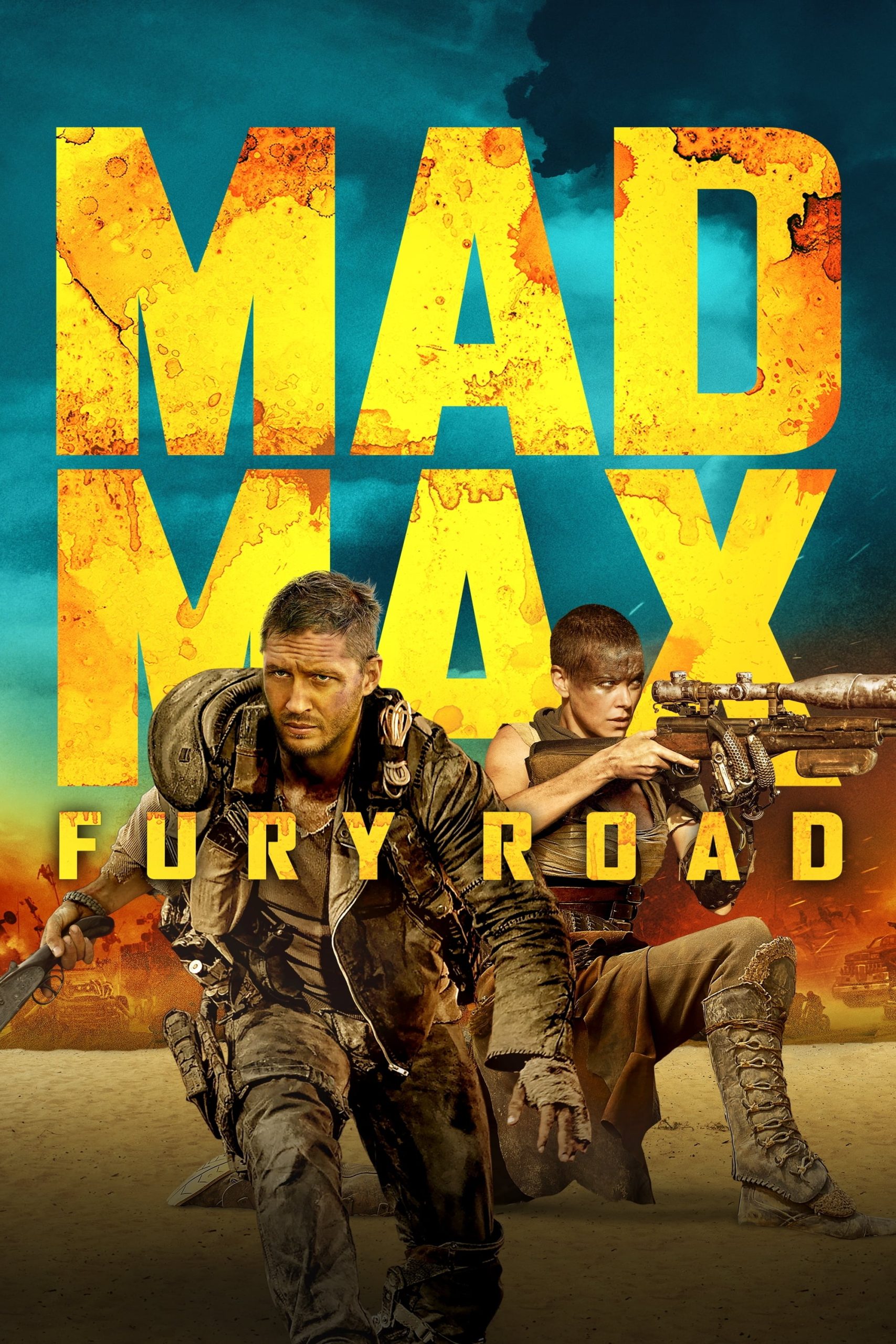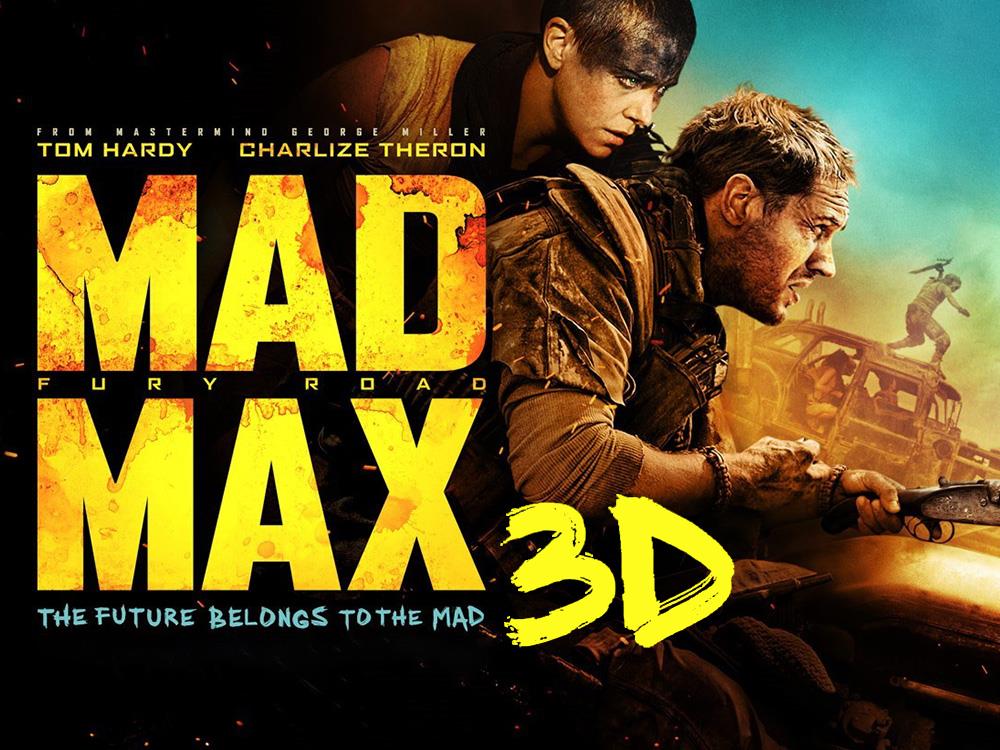Mad Max: Fury Road (2015) – A High-Octane Post-Apocalyptic Masterpiece

Mad Max: Fury Road (2015) – A High-Octane Post-Apocalyptic Masterpiece
Introduction
“Mad Max: Fury Road” (2015) is a cinematic spectacle that redefines the action genre. Directed by George Miller, the film serves as both a reboot and a sequel to the classic Mad Max series. With Tom Hardy stepping into the shoes of Max Rockatansky and Charlize Theron delivering a powerhouse performance as Furiosa, “Fury Road” takes audiences on an adrenaline-fueled journey through a dystopian wasteland.
The film is not just about high-speed chases and explosions; it is a masterclass in visual storytelling, world-building, and character development. It received critical acclaim, multiple Academy Awards, and cemented itself as one of the greatest action films ever made. In this review, we will delve deep into the film’s plot, performances, themes, cinematography, and its impact on the genre.
Plot Summary
Set in a post-apocalyptic world where water and fuel are scarce commodities, “Mad Max: Fury Road” follows the journey of Max Rockatansky, a former cop haunted by his past. Captured by the warlord Immortan Joe (Hugh Keays-Byrne), Max becomes a prisoner and a human blood bag for Nux (Nicholas Hoult), one of Joe’s War Boys.
The real action begins when Imperator Furiosa (Charlize Theron) rebels against Immortan Joe, stealing his prized concubines in search of the fabled “Green Place.” What follows is an intense, relentless chase across the desert, with Max reluctantly joining Furiosa and the fugitives in their desperate bid for freedom.

Performance & Characters
Tom Hardy as Max Rockatansky
Tom Hardy’s portrayal of Max is minimalistic yet powerful. Unlike Mel Gibson’s more vocal version, Hardy’s Max is a man of few words, relying more on his physicality and expressions. He is a survivor, plagued by his traumatic past, and initially, he is only concerned with his own survival. However, as the story progresses, he forms an unspoken bond with Furiosa and the others, evolving into a reluctant hero.
Charlize Theron as Imperator Furiosa
If “Mad Max: Fury Road” belongs to anyone, it is Charlize Theron. As Imperator Furiosa, she embodies strength, resilience, and defiance. She is not just a side character; she is the heart of the film. Her mission to free Immortan Joe’s wives and find redemption gives the movie its emotional core. With her shaved head, robotic arm, and unwavering determination, Furiosa is one of the most iconic action heroines in modern cinema.
Nicholas Hoult as Nux
Nicholas Hoult brings unexpected depth to Nux, a War Boy indoctrinated into Immortan Joe’s death cult. His arc from a fanatical follower to a selfless hero adds layers to the film. His character’s transformation is beautifully executed, making him one of the most memorable supporting characters in the movie.
Hugh Keays-Byrne as Immortan Joe
Hugh Keays-Byrne, who previously played Toecutter in the original “Mad Max” (1979), delivers a menacing performance as Immortan Joe. With his grotesque breathing apparatus and dictatorial rule over the Citadel, he is a formidable antagonist. He represents tyranny and greed, making him a perfect villain for this dystopian world.

Themes & Symbolism
Survival & Redemption
At its core, “Fury Road” is about survival in a harsh, unforgiving world. Every character is fighting for something—whether it is freedom, redemption, or power. Furiosa’s journey is one of redemption, seeking to undo the wrongs of her past by rescuing the wives and finding a better future.
Feminism & Empowerment
One of the most discussed aspects of “Mad Max: Fury Road” is its feminist themes. Furiosa is not a damsel in distress—she is a warrior, leading the charge for freedom. The wives, initially seen as helpless, gradually take control of their own fates. The Vuvalini, the tribe of warrior women, further reinforce the theme of female empowerment.
Environmental & Societal Collapse
The film presents a terrifying vision of a world destroyed by human greed. Water, fuel, and resources are controlled by the few, while the many suffer. This dystopian setting serves as a warning about environmental destruction and societal collapse, making it disturbingly relevant.
Cinematography & Action Sequences
Visual Storytelling
Cinematographer John Seale and director George Miller create a stunning visual experience. Unlike typical post-apocalyptic films that rely on dull, desaturated tones, “Fury Road” embraces bold colors, particularly its fiery oranges and deep blues. The contrast between day and night sequences is visually breathtaking.
Practical Effects & Stunts
One of the most impressive aspects of “Fury Road” is its reliance on practical effects. The film features real vehicles, real stunts, and minimal CGI. The insane car chases, flipping War Rigs, and death-defying stunts were all performed practically, making the action sequences feel visceral and raw.
The Editing & Pace
The film’s editing by Margaret Sixel (who won an Oscar for her work) is tight and relentless. The pacing never lets up, making the movie feel like a two-hour chase sequence. However, amidst the chaos, the film never loses its clarity—every action sequence is easy to follow, a testament to the masterful direction and editing.
Music & Sound Design
Junkie XL’s pulsating score adds another layer of intensity to the film. The heavy drums, electric guitar riffs, and orchestral elements perfectly complement the high-energy action. The sound design is equally impressive, with the roaring engines, explosive crashes, and battle cries immersing viewers in the chaos.
Cultural Impact & Legacy
“Mad Max: Fury Road” redefined what an action film could be. It shattered expectations, proving that blockbuster movies could be both visually stunning and thematically rich. The film won six Academy Awards, including Best Film Editing, Best Costume Design, and Best Production Design.
It also sparked discussions about feminism in action films and inspired countless filmmakers. Even years after its release, it remains a benchmark for practical effects and high-octane storytelling.
Conclusion
“Mad Max: Fury Road” is more than just an action movie—it is a cinematic masterpiece. With its breathtaking visuals, intense action, and powerful performances, it stands as one of the greatest films of the 21st century. George Miller delivered a film that not only honored the legacy of “Mad Max” but elevated it to new heights.
For those who have not seen it, “Fury Road” is a must-watch. For those who have, it is a film that rewards repeat viewings, each time revealing new details and deeper layers. Simply put, “Mad Max: Fury Road” is a masterpiece of modern cinema.











